This blog was written by Elizabeth Tofaris, University of Cambridge, on behalf of the the Impact Initiative for international development research. The Impact Initiative seeks to connect policymakers and practitioners with the world-class social science research supported by the ESRC-DFID Strategic Partnership, maximising the uptake and impact of research from: (i) the Joint Fund for Poverty Alleviation Research, and (ii) the Raising Learning Outcomes in Education Systems Programme.
For young girls in developing countries, not knowing how to manage their periods can hinder access to education. Research from the School of Oriental and African Studies (SOAS), University of London, demonstrates that in rural Uganda, providing free sanitary products and lessons about puberty to girls may increase their attendance at school.
Period poverty
In many poor communities, menstruation is still often seen as an embarrassing, shameful, and dirty process. Such taboos around the topic mean many adolescent girls are often unprepared for their periods and how to manage them. Less than half of girls in lower- and middle-income countries have access to basics such as sanitary towels or tampons, soap and water, or facilities to change, clean, or dispose of hygiene products.
In Uganda, only 22 per cent of girls are enrolled in secondary schools, compared with 91 per cent in primary schools, with those living in rural areas being the least likely group to go to school. Researchers believe that the cost of hygiene products and the difficulties in managing periods play a key role in keeping girls out of school.
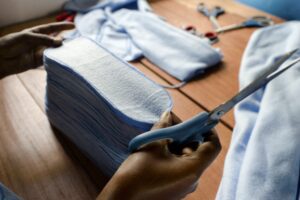
Uganda, Kitengeesa. A worker trims and stacks sanitary pads before they are lined and sewn at the AFRIpads factory. Started by volunteers in 2009, AFRIpads manufactures reusable fibre sanitary pads. Credit: Nyani Quarmyne/Panos.
Free sanitary products and puberty lessons can improve attendance
Over 24 months, a trial was conducted in partnership with Plan International Uganda across eight schools, involving 1,008 girls, in Uganda’s Kamuli District, an area that had been observed as having low learning levels, as well as gender disparity in health and education.
The research tested whether school attendance improved when girls were given (a) reusable sanitary pads, (b) adolescent reproductive health education, (c) neither, or (d) a combination of both. Girls were provided with AFRIpads, a washable, reusable cloth pad produced in Uganda, and locally-trained community health nurses held sessions that covered changes which occur during puberty, menstruation, and early pregnancy, and on the prevention of HIV.
Researchers found that better sanitary care and reproductive health education for poor schoolgirls, delivered over two years, did appear to improve attendance. On average, girls increased their attendance by 17 per cent, which equates to 3.4 days out of every 20 days.
The research project has significantly strengthened awareness that sanitary pad provision and puberty education are both vital in improving attendance. Even in the absence of resources to provide sanitary pads, the research recommends that inclusion of adequate and gender-sensitive puberty education in the school curriculum can improve attendance.
Organisations such as UNICEF and CARE have used the evidence to identify solutions to barriers to girls’ schooling associated with puberty. The project collaborated with Save the Children, UNESCO, WaterAid, and AFRIpads to lobby for menstrual hygiene management to be included as an indicator in post-2015 sustainability goals.
Further collaborations building on the evidence have included working with Save the Children on how to link the distribution of sanitary care to their West African programmes, and with UNESCO on effective programming in puberty education and menstrual hygiene management.
Ghana’s Deputy Minister of Education referenced the research when defending the decision to allocate part of the country’s 2014 World Bank loan to providing sanitary pads for female students in need. Samuel Okudzeto Ablakwa stated that when adolescent girls are unable to take proper care of themselves during the menstruation period, it affects their confidence, which eventually keeps them out of school.
Female hygiene on the global agenda
The research team continues to use the results as part of a push to promote female hygiene onto the global development agenda. The findings featured in preparatory documents for the WHO/ UNICEF Joint Monitoring Programme indicators for menstrual hygiene management, and have been cited in the UNESCO Puberty Education & Menstrual Hygiene Management report, which aims to promote sexuality education as part of skills-based health education for young people.
The impact of the research has the potential for addressing psychosocial wellbeing, dignity, comfort, and ability to manage menstruation without shame, which are all essential for girls responding to the challenges presented by menstruation in low-income contexts.
The project, ‘Menstruation and the Cycle of Poverty: Does the provision of sanitary pads improve the attendance and educational outcomes of girls in school?’ was funded by ESRC-DFID’s Joint Fund for Poverty Alleviation Research. It was led by Catherine Dolan, SOAS, University of London; Paul Montgomery, University of Birmingham; and Linda Scott, Chatham House. The research was carried out in partnership with Plan International Uganda, with the assistance of Julie Hennegan, Johns Hopkins University; Maryalice Wu, University of Illinois; and Laurel Steinfield, Bentley University.
The full impact story can be downloaded here.
References:

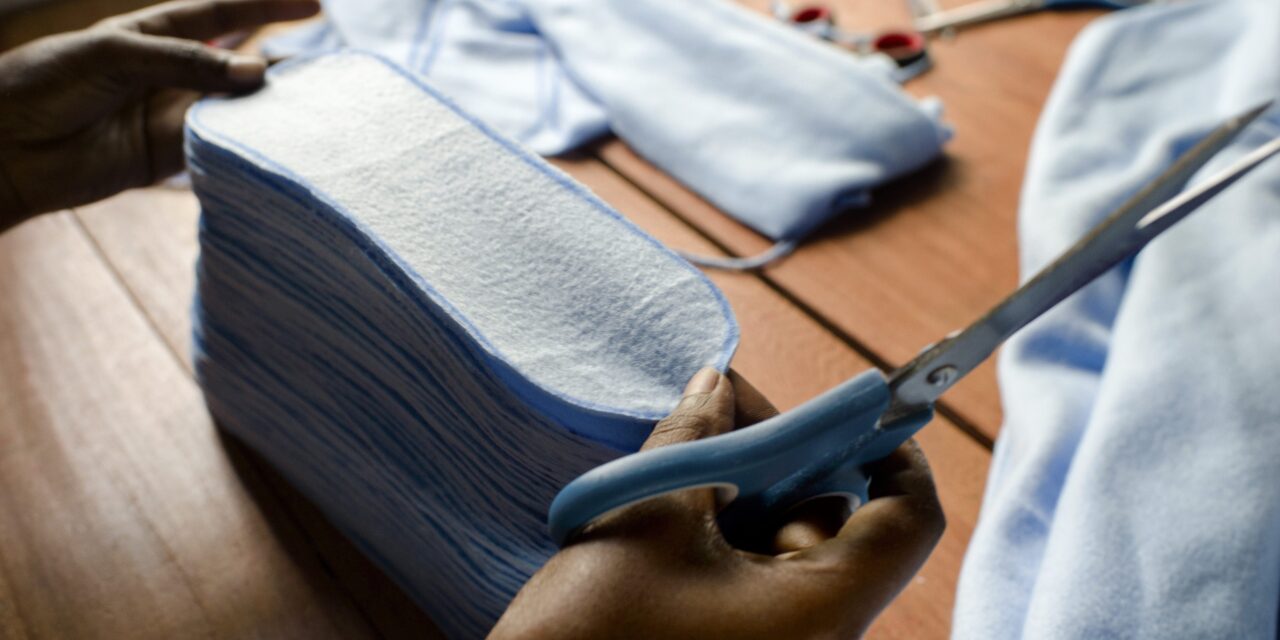
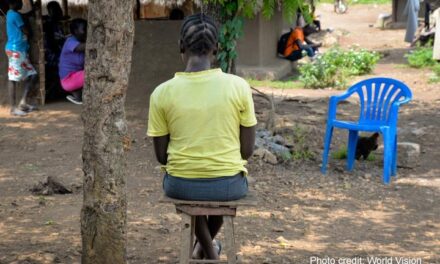
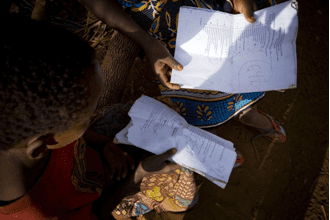
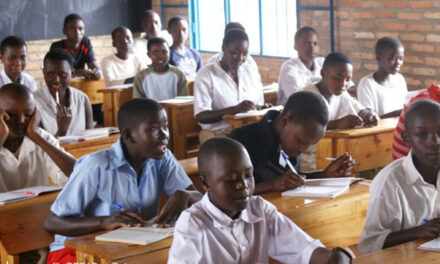
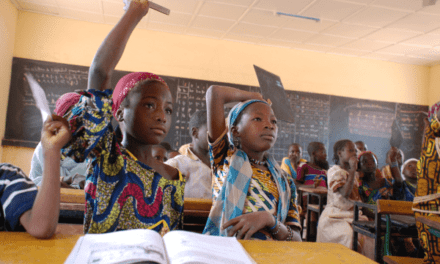
Very Nice analysis of the problem. Excellent.
Thanks for sharing the helpful blog. Due to poverty, most of the rural area people are not aware of the sanitation and hygiene. Thus to make them aware ONG shammesh organizes the program where such people are taught the moral values to make them aware of such things. One can learn more here http://www.mission-humanitaire-afrique.org about different programs arranged by the mission humanitaire.